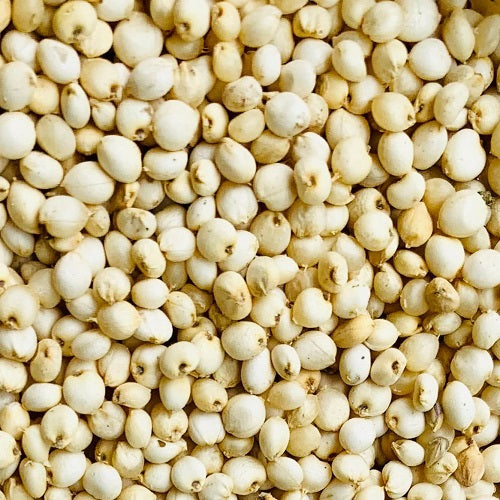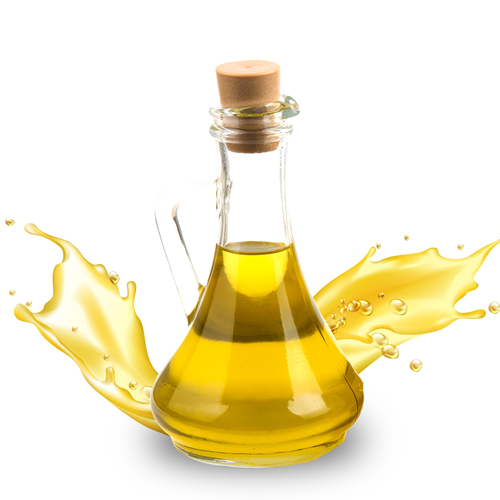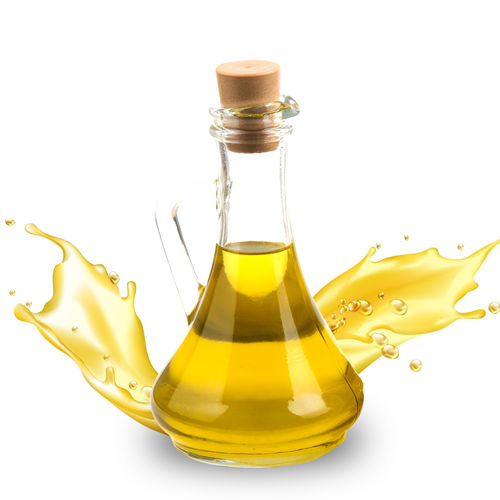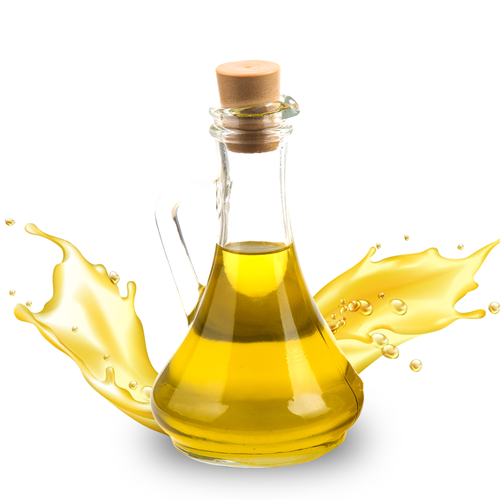Menu
Add description, images, menus and links to your mega menu
A column with no settings can be used as a spacer
Link to your collections, sales and even external links
Add up to five columns
Add description, images, menus and links to your mega menu
A column with no settings can be used as a spacer
Link to your collections, sales and even external links
Add up to five columns
LOOKING FOR BULK INGREDIENTS PRICING?

Benefits of Sorghum Millet Seeds - Wholesale B2B Bulk Suppliers in USA
Sorghum Millet Seeds: A Resilient Grain for Nutrition, Health & Sustainability
Sorghum Millet Seeds, known for their incredible adaptability and high nutritional value, are among the oldest cultivated grains in the world. Also referred to simply as Sorghum or Jowar in India, this ancient cereal grain belongs to the grass family and thrives in arid, dry climates where other crops struggle. Sorghum Millet has gained renewed popularity in recent years as a gluten-free supergrain packed with health benefits and environmental advantages.
Botanical Profile
-
Botanical Name: Sorghum bicolor
-
Family: Poaceae
-
Plant Part Used: Seeds (Grains)
-
Color: White, red, brown, or black, depending on the variety
-
Taste: Mildly nutty and earthy
-
Common Names: Sorghum, Jowar, Great Millet, Guinea Corn
Nutritional & Health Benefits of Sorghum Millet Seeds
-
Gluten-Free Whole Grain
Sorghum is naturally gluten-free, making it an excellent grain alternative for people with celiac disease or gluten sensitivity. It can be used in flours, porridges, rotis, and baked goods. -
High in Dietary Fiber
Sorghum is rich in insoluble fiber, which supports digestive health, regulates blood sugar levels, and aids in weight management by promoting satiety. -
Rich in Antioxidants
Colored varieties of sorghum, especially red, black, and brown, contain significant amounts of polyphenols and antioxidants that help combat oxidative stress and inflammation. -
Supports Heart Health
The grain’s fiber, magnesium, and plant sterols contribute to lower cholesterol levels and improved cardiovascular function. -
Good Source of Plant-Based Protein
Sorghum Millet Seeds provide essential amino acids, making them a valuable protein source, especially in vegetarian and vegan diets. -
Helps Manage Blood Sugar
With a low glycemic index and high fiber content, sorghum helps prevent rapid spikes in blood sugar, supporting diabetes management.
Sustainable Agriculture Benefits
Sorghum Millet is drought-resistant, requires minimal water, and grows well in poor soils, making it a sustainable crop for semi-arid and dry regions. Its resilience helps farmers maintain yields even under changing climate conditions.
Common Culinary Uses
-
Ground into flour for rotis, breads, and pancakes
-
Boiled or steamed like rice or quinoa
-
Popped like popcorn for snacks
-
Fermented for traditional beverages
-
Used in porridges and savory dishes
How to Use
Sorghum Millet Seeds can be soaked overnight and cooked whole, or ground into flour for various culinary applications. Cooking whole sorghum takes about 45–60 minutes after soaking.
Precautions
Sorghum is generally safe for all age groups, including children and the elderly. As with all grains, moderation is key, and balanced consumption ensures maximum benefits.
Final Thoughts
Sorghum Millet Seeds are more than just a traditional grain—they are a powerful tool for promoting health, food security, and sustainability. With their rich nutrient profile, adaptability to harsh climates, and gluten-free properties, sorghum seeds are a smart addition to both modern and traditional diets.
For bulk orders and inquiries, visit Reveda - Sorghum Millet Seeds
BUY ONLINE IN USA FROM REVEDA - The leading manufacturer B2B Bulk Wholesale Supplier of Sorghum Millet Seeds in USA.
Also in Reveda: Health & Wellness

Benifits Of Omega-3 Fish Oil EE - 460 MG/G EPA & 180 MG/G DHA - Wholesale B2B Bulk Suppliers in USA
Read More
SUBSCRIBE NOW ...
Don't miss to get latest updates on sales, new releases and promotions

